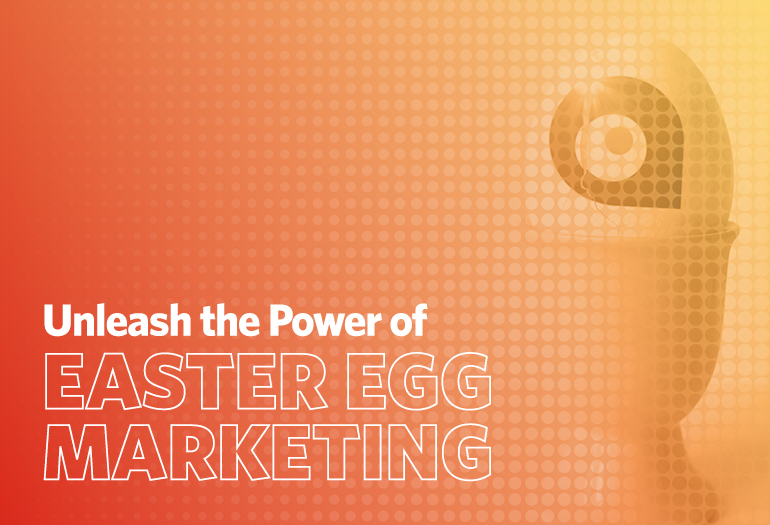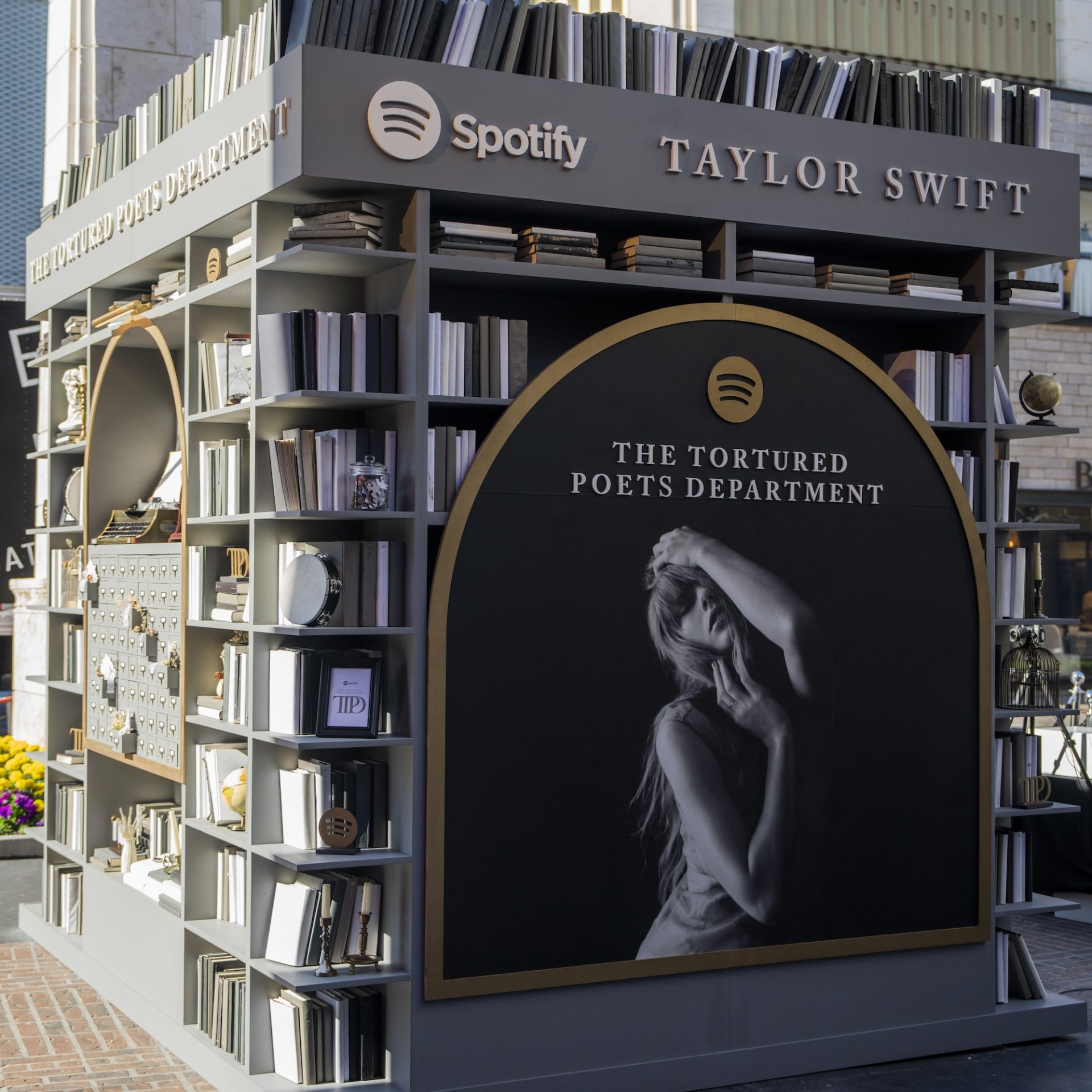




Easter egg marketing has emerged as a favorite among innovative marketing ideas for brands across various industries, offering a unique and innovative way to engage audiences through hidden surprises and secret references. Much like the excitement of uncovering hidden treasures during an Easter egg hunt, these cleverly placed gems within marketing campaigns evoke curiosity, excitement, and a sense of discovery among consumers.
The term “Easter egg” originated from the tradition of hiding decorated eggs during the Easter season, symbolizing new life and renewal. In the context of marketing, Easter eggs refer to hidden messages, images, or references embedded within advertisements, products, or experiences. These hidden surprises in marketing serve as a form of interactive storytelling, inviting consumers to actively engage with the brand and unravel the hidden mysteries within.
What sets Easter egg marketing apart is its ability to create memorable and shareable experiences that resonate with audiences on a deeper level. Instead of relying solely on traditional advertising techniques, brands can leverage Easter eggs to spark curiosity, foster engagement on- and offline, and forge emotional connections with their audience.
In this blog post, we’ll delve into the captivating world of Easter egg marketing, exploring its psychology, showcasing successful examples, and providing practical tips for crafting compelling Easter eggs that leave a lasting impact on your audience. From Taylor Swift’s cryptic album teasers to BMW’s cleverly disguised commercials, we’ll uncover the strategies behind creating Easter eggs that captivate and delight consumers, driving brand awareness, loyalty, and advocacy in the process.
At the core of Easter egg marketing lies the psychology of surprise and reward. When humans stumble upon something unexpected or novel, their brains release a burst of dopamine, the neurotransmitter associated with pleasure and reward. This surge of dopamine creates a positive emotional response, fostering feelings of happiness, excitement, and even euphoria. In the realm of marketing, this burst of dopamine translates into increased engagement, loyalty, and brand affinity.
Moreover, Easter eggs tap into our innate love of discovery and exploration. As humans, we’re wired to seek out new information and experiences. When we uncover a hidden message or surprise within a marketing campaign, we feel a sense of accomplishment and exclusivity, strengthening our connection to the brand.
For example, when a fan of a music artist deciphers a hidden message in a music video or song lyrics, they experience a rush of excitement and satisfaction. This positive emotional response not only reinforces their loyalty to the artist but also motivates them to share their discovery with others, amplifying the reach and impact of the Easter egg.
Furthermore, Easter eggs create a sense of camaraderie among fans, fostering a community of like-minded individuals who share a common passion for the brand or product. When fans come together to decode Easter eggs and unravel hidden mysteries, they form bonds and connections that deepen their engagement with the brand.
By understanding the psychology behind Easter egg marketing and leveraging the principles of surprise, reward, and community, brands can unlock new levels of audience engagement and create memorable brand experiences that resonate with consumers on a deeper level.

Taylor Swift, renowned for her intricate Easter egg marketing strategy, has mastered the art of surprise and intrigue. Throughout her career, Swift has delighted fans by hiding Easter eggs in almost everything she does—from music videos to song lyrics and even her fashion choices. Her savvy fans, known as Swifties, spend hours dissecting the clues and sharing their findings on social media platforms, increasing engagement, awareness, and online mentions.
She once told Entertainment Weekly, “I think the best messages are cryptic ones. Easter eggs can be left on clothing or jewelry. This is one of my favorite ways to do this because you wear something that foreshadows something else, and people don’t usually find out this one immediately, but they know you’re probably sending a message. They’ll figure it out in time.”
Leading up to the release of her 11th original studio album, The Tortured Poets Department, Swift employed a series of cryptic hints and hidden messages to build anticipation among her fan base. For instance, during her acceptance speech at the Grammy Awards, Swift subtly hinted at the upcoming album by holding up two fingers, sparking speculation among fans who came to learn the “two” meant a double album that dropped at 2 a.m., two hours after the initial album’s release. Her dress and jewelry at the Grammy’s also foreshadowed the first music video from the new album—she wears a strikingly similar look in the opening scene.
Furthermore, Swift hosted a Spotify-exclusive library pop-up event filled with Easter eggs and hidden references related to her upcoming album. This immersive experience not only engaged fans but also encouraged them to decode the various clues and symbols scattered throughout the event. By incorporating Easter egg marketing into her album release strategy, Swift was able to generate excitement, drive album sales, and break numerous records within the music industry, including Spotify’s most-streamed album in a single day—a record broken in less than 12 hours after the album’s release—and Apple Music’s biggest pop album of all time by first-day streams.
In a similar vein, BMW seamlessly integrated Easter egg marketing into its promotional campaign for its electric cars. When actor Arnold Schwarzenegger shared what appeared to be a movie poster on social media, fans initially assumed he was promoting his latest film project. However, the poster turned out to be a cleverly disguised Easter egg hinting at BMW’s upcoming commercial for its electric vehicle lineup.
The poster, featuring Schwarzenegger in a futuristic setting, piqued the curiosity of viewers and sparked speculation about its hidden meaning. When the commercial finally premiered during a major sporting event, viewers were surprised to discover that it was an advertisement for BMW’s electric cars, cleverly tying back to the imagery and themes teased in the poster. This innovative approach not only garnered attention but also generated buzz and positive sentiment around BMW’s commitment to sustainability and innovation in the automotive industry.
By leveraging Easter egg marketing in their respective campaigns, both Taylor Swift and BMW were able to create memorable brand experiences, engage their audiences, and generate significant buzz within their industries. These success stories serve as testament to the power of Easter egg marketing in capturing attention, fostering engagement, and leaving a lasting impression on consumers.

Coming up with Easter egg marketing ideas that resonate with your audience requires a delicate balance of subtlety, creativity, and strategic placement. Easter eggs should be seamlessly integrated into your marketing materials, offering a delightful surprise for those who discover them. Additionally, Easter eggs should align with your brand’s values, messaging, and target audience to ensure relevance and authenticity.
One effective strategy for crafting Easter eggs is to incorporate subtle references or callbacks to your brand’s history, products, or iconic elements. For example, a clothing brand could hide a hidden message or symbol within the pattern of a garment, rewarding observant customers with a sense of insider knowledge. Similarly, a tech company could embed a secret code or message within its website, encouraging visitors to explore and uncover hidden gems.
Interactive experiences can also enhance the impact of Easter eggs, allowing consumers to actively engage with your brand in a meaningful way. For instance, a food delivery service could create a virtual scavenger hunt in which customers must decipher clues hidden across social media platforms to unlock exclusive discounts or prizes. By gamifying the Easter egg experience, brands can increase engagement and foster a sense of excitement and anticipation among their audience.
Storytelling is another powerful tool for crafting compelling Easter eggs. By weaving hidden narratives or plotlines into your marketing materials, you can create a sense of intrigue and mystery that captivates your audience. For example, a beverage company could release a series of cryptic videos or social media posts that gradually reveal a hidden storyline or character arc, enticing fans to follow along and uncover the full narrative.
Ultimately, the key to creating compelling Easter eggs is to think creatively and strategically about how you can surprise and delight your audience. By incorporating subtle references, interactive experiences, and storytelling elements into your Easter egg strategy, you can create memorable brand experiences that resonate with consumers and leave a lasting impression.

Easter egg marketing offers a powerful tool for brands to engage their audiences in meaningful and memorable ways. By leveraging the psychology of surprise and reward, showcasing successful examples, and crafting compelling Easter eggs, brands can foster deeper connections with their audience, drive engagement, and leave a lasting impression.
As you embark on your own Easter egg marketing journey, remember to stay curious, imaginative, and strategic in your approach. With the right tactics and creativity, you can unlock the magic of Easter egg marketing and take your brand to new heights. Ready to incorporate Easter egg marketing into your strategy? Reach out to AcrobatAnt for tailored marketing solutions that captivate and engage your audience.